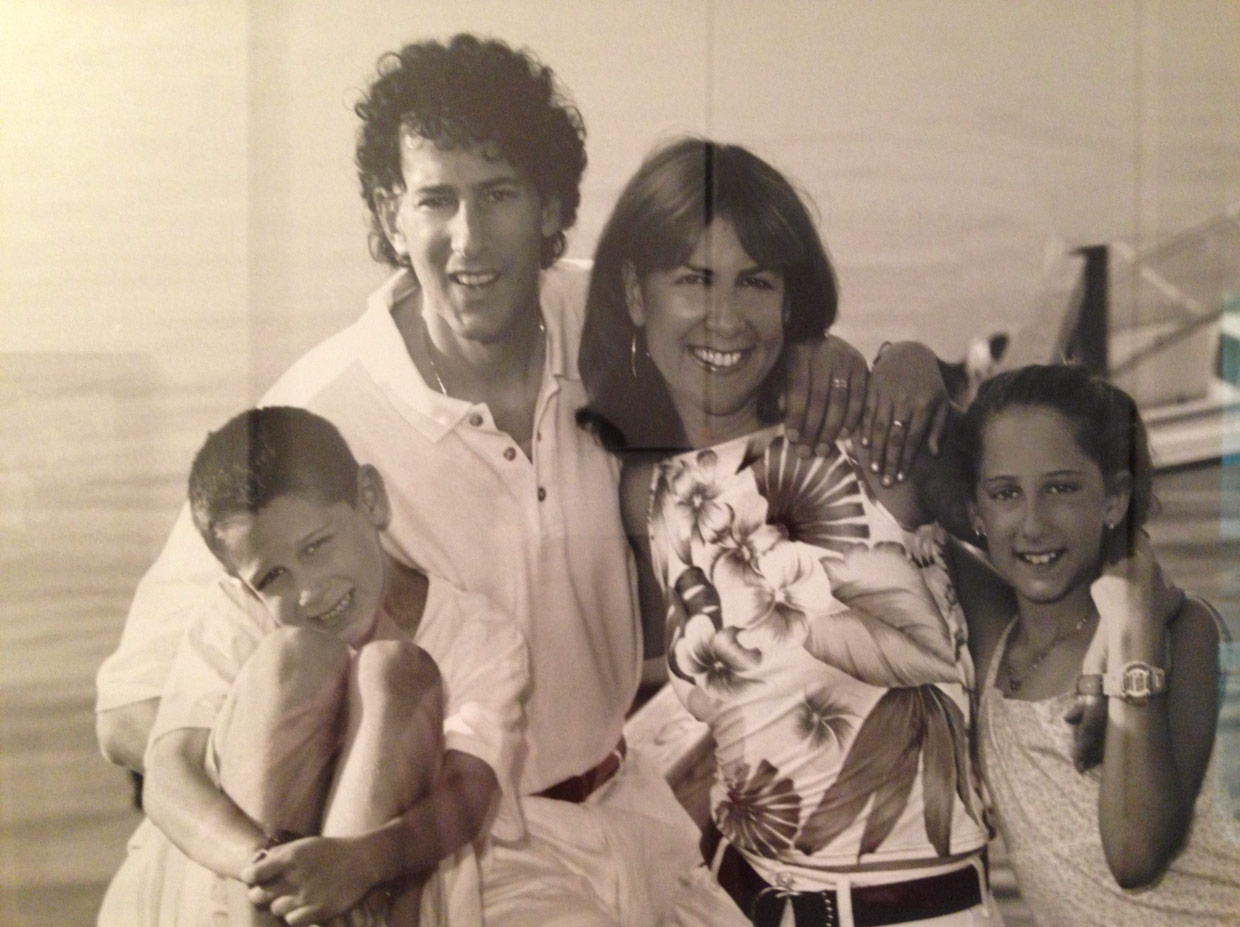Families of Survivors Keeping Memories Alive Through Art

Wilma Bulkin Siegel was seven years old in 1945 when her father took her to the movies to watch newsreels of the liberation of Nazi concentration camps.
“Why couldn’t I have done something about it?” she whispered to her father.
Decades later, Siegel, a retired New York City oncologist and a pioneer in hospice care, has discovered a new tool for making an impact: a paintbrush.
Finding this unexpected passion after a successful medical career, Siegel has painted the portraits of more than seventy survivors of the Holocaust, many of whom had given their testimony to USC Shoah Foundation as part of its Visual History Archive.
Before she begins to paint, Siegel interviews her subjects so that their memories imbue the portraits. A few survivors she painted had never spoken about their time under Nazi occupation until they entered Siegel’s painting studio.
For Siegel, those memories trigger deep recollections of her own experiences of antisemitism from her childhood.
“I grew up in a neighborhood which was very antisemitic. It was considered the most antisemitic neighborhood in all of Philadelphia,” Siegel said. “I even had stones thrown at me.”
Siegel’s collections have been on exhibition numerous times, and she is in the process of publishing a book featuring portraits and essays entitled "It’s Going to be Fine/Art- Just What the Doctor Ordered".
Recently, Siegel has been inspired to begin a collection of second and third generation portraits, including essays and short video tapes of each person. Her most recent subject were Suzanne Miller and her children, Jennifer and Jake, second and third generation survivors.
“The stress of being a Holocaust survivor’s child is like secondhand smoke, as I would describe it. You may not get the cancer from smoking directly. But, you’re feeling it. You’re breathing it,” said Suzanne Miller.
Miller’s parents never spoke about their experiences directly to her, although her mother, Dora Reinstein Josephson, recorded her testimony for USC Shoah Foundation’s Visual History Archive in 1995.
As the child of a survivor, only able to cling to shreds of memory, Suzanne developed a strong sense of shame. She explores this feeling in her upcoming memoir “The Widow in Stilettos” due out next summer about the intertwining themes of the shadow of persecution and the resilience that grows from the inherited loss of a genocide victim’s past.
“Another reason why it’s so important that I keep this alive is that I cannot imagine the day when people will not know that this actually happened,” Miller said. “My parents gave so much to have us have better lives.”
Miller believes that keeping these stories alive at this moment of rising violence and antisemitism can help people understand the need to build ties instead of deeper divisions between people of different backgrounds..
Miller hopes that sharing her story will connect her with other second and third generation survivors who have struggled with the ways in which the past shapes their identities.
“This is all about human rights. Bigotry should not be part of humanity. It is about love of others, not hate.”
For more information about USC Shoah Foundation’s efforts to build a community of second and third generation survivors, contact Jayne Perilstein, Managing Director of Advancement, at perilste@usc.edu.
Like this article? Get our e-newsletter.
Be the first to learn about new articles and personal stories like the one you've just read.